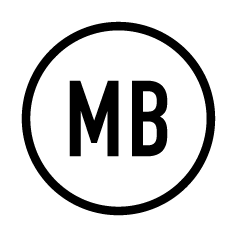Numbers.
We encounter numerical systems in every facet of our day-to-day lives. Found on everything from 39-digit barcodes to our 4-digit birth year. These coded sequences serve as identifiers for people (think ssn#), places (like zip codes), and things (e.g. your banking info).
PLU (Price Look Up) codes are one such example. Used by supermarkets since 1990, PLUs make check-out and inventory control easier, faster and more accurate. This standardized system of 4 & 5 digit codes not only identifies a particular food item, but contains in-depth information on what you’re purchasing…things like whether it was tree-ripened, the size & weight, variety, region grown in, botanical name, and so on.
Deciphering.
There’s a certain level of ambiguity to numbers. Without proper context, these PLUs can be mistaken for zip codes or medical billing codes. While a vital component to a food label, these numbers typically go unnoticed. It was only after accumulating an assortment of these sticker labels that, over time, I began noticing that no matter the brand, country of origin, or store, all Bananas had the same designation (aka PLU code) of #4011.
Only 2 exceptions:
• Discounted Bananas #4237
• Organic Bananas #94011*
Record.
What began as a purely ornamental sticker collection (covering my notebook’s cover inside & out) soon morphed into a food diary – documenting my grocery shopping habits, as well as serving as a visual record for particular recipes.


